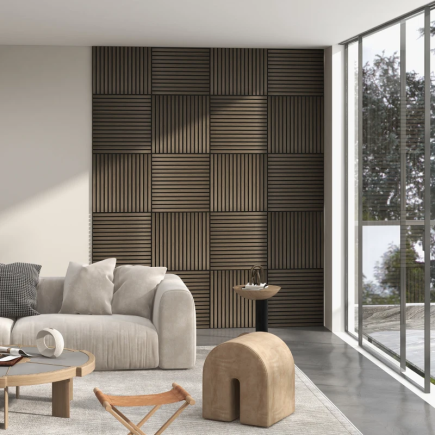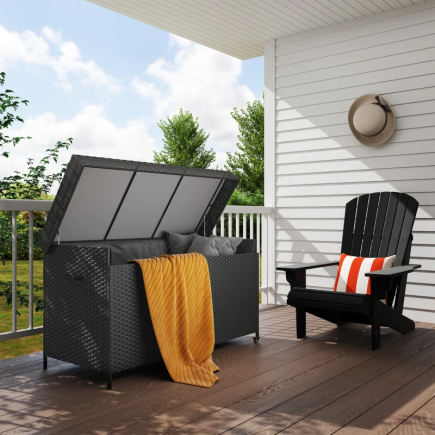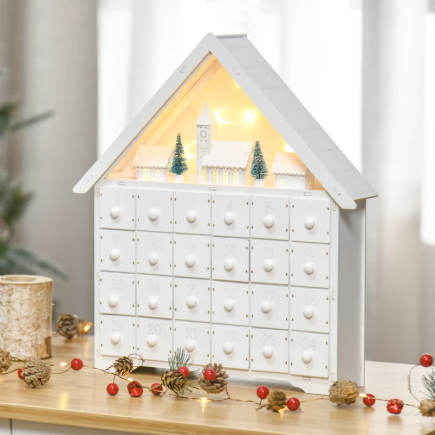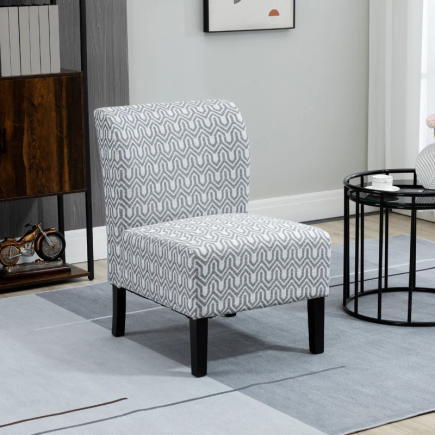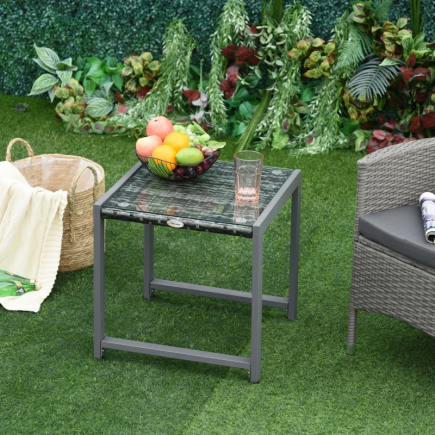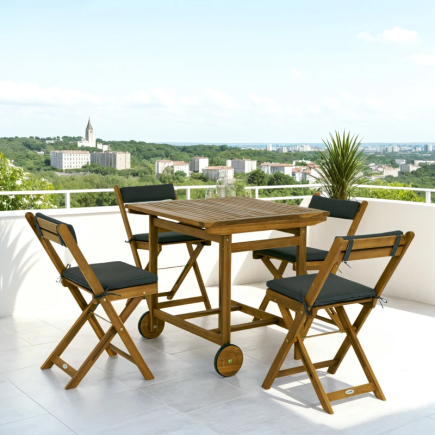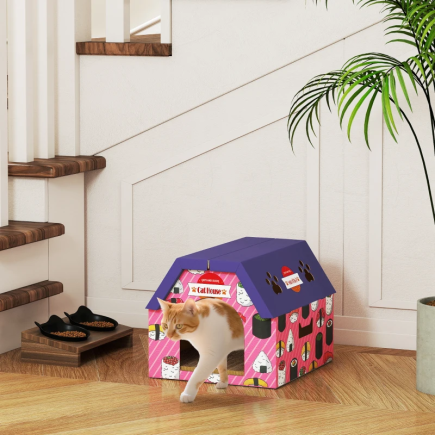A floor lamp in the bedroom can be more than a light source, it can help you wind down at night, make getting ready easier, or create a cozy corner for reading and relaxation. Because it’s portable and versatile, it allows you to experiment with different locations until you find the one that perfectly matches your needs and décor.

The secret to getting it right is placement. Where you put your floor lamp determines how well it functions, how comfortable it feels, and how it contributes to the overall style of your room. The wrong spot could lead to glare, uneven lighting, or wasted floor space, while the right spot can balance light, improve usability, and enhance the mood.
Here are ten of the most effective floor lamp placements in a bedroom, each with practical placement notes to help you make the most of your lighting.
1. Beside the Bed for Evening Light
Placing a floor lamp next to the bed is a natural choice if you read, journal, or enjoy quiet activities before sleep. It provides a warm, focused light that’s softer than a ceiling fixture but more versatile than a small bedside lamp.
Placement Tips
- Position it slightly behind the pillow line so the light comes over your shoulder rather than directly into your eyes.
- Maintain a gap of about 12–18 inches between the lamp and the bed edge to prevent crowding and make it easy to move around.
- A dimmer or three-way bulb setting lets you control brightness without leaving bed.
This setup is especially useful in minimalist bedrooms where nightstands are small or absent.
2. Next to a Bedroom Chair or Lounger
If you have a chair, chaise lounge, or even a small sofa in your bedroom, a floor lamp can make it a functional relaxation spot for reading, working on a laptop, or enjoying a cup of tea.

Placement Tips
- Place the lamp behind and slightly to the side of the chair so light falls evenly on your lap.
- If you often read here, a taller lamp with a wide shade will provide better coverage.
- For relaxing corners, opt for softer lighting that creates a comfortable glow rather than sharp illumination.
This arrangement also helps define the seating area as a separate zone within the bedroom.
3. Beside a Vanity or Dressing Table
Vanity mirrors often suffer from uneven lighting that casts shadows or distorts colors. A floor lamp positioned well can provide a flattering, balanced light source for grooming.

Placement Tips
- Set the lamp to one side of the mirror to avoid direct glare on your face.
- Ensure there’s enough clearance for drawers, cabinets, and chair movement.
- Use warm white bulbs to create a natural skin tone reflection, which is essential for makeup application.
If space allows, this placement can be paired with overhead or side-mounted vanity lights for a layered effect.
4. Close to a Wardrobe or Closet Area
Wardrobes and closets often lack sufficient built-in lighting, making it difficult to see clothing clearly, especially at night. A strategically placed floor lamp solves this instantly.

Placement Tips
- Position the lamp so its light reaches into the wardrobe interior without blocking door operation.
- If you have sliding doors, place the lamp on the side that remains unobstructed when open.
- Uplighter-style lamps bounce light across the ceiling, helping to brighten a wider area.
This is particularly useful for walk-in wardrobes where ceiling lights are minimal or indirect.
5. Filling a Dark Corner Opposite the Bed
Empty, shadowed corners can make a bedroom feel smaller and less inviting. A floor lamp here adds depth, balance, and warmth to the room.
Placement Tips
- Keep the lamp 6–12 inches from the walls to allow light to spread evenly.
- Choose a fabric shade or frosted diffuser to create a soft, welcoming glow.
- Select a design that complements visible bedroom elements like bedding, curtains, or accent pillows for a coordinated look.
This works particularly well in square bedrooms, where central fixtures often leave the corners underlit.
6. At the Foot of the Bed for Subtle Ambience
Placing a floor lamp at the foot of the bed adds dimension to the sleeping area and provides a gentle background light source.
Placement Tips
- Position it slightly off-center so it doesn’t block walking space.
- Works best with beds that have open or low footboards, allowing the light to flow naturally.
- Dimmable bulbs give you flexibility to use it for both ambient mood lighting and practical tasks like folding laundry.
This approach works well in bedrooms with a central chandelier or pendant light, adding a lower-level light source for balance.
7. Beside a Window for Evening Balance
As daylight fades, a lamp near the window helps transition from natural light to artificial lighting without a sudden drop in brightness.
Placement Tips
- Angle the light inward toward the room to keep it functional after sunset.
- Maintain a safe distance from curtains or blinds to avoid heat buildup or obstruction.
- Slim-profile bases work best here to fit between window frames and furniture.
It’s an ideal choice if you like spending time by the window for activities such as reading, writing, or quiet reflection.
8. Between Two Bedroom Zones
Large bedrooms often have more than one functional area, for example, a sleeping zone and a dressing or seating area. A single floor lamp can be positioned to serve both.
Placement Tips
- Place it at the edge of one zone so light reaches the second without the need to move it often.
- Multi-directional or adjustable lamps are ideal for this setup.
- Keep it out of high-traffic pathways to prevent tripping hazards.
This is an efficient choice for master suites where multiple lamps would take up too much floor space.
9. Next to a Full-Length Mirror
If you regularly use a standing mirror to check your outfits, a nearby floor lamp can help you see fabric details and colors accurately, even at night.

Placement Tips
- Position the lamp about one foot to the side of the mirror to reduce glare.
- Slightly angling the light toward the mirror can help distribute brightness more evenly across the room.
- Choose warm, natural light bulbs to ensure clothing colors remain true.
This placement also enhances the mirror’s reflective effect, making the room feel brighter and more open.
10. Highlighting a Decorative Bedroom Feature
A floor lamp can double as accent Lighting, drawing attention to a statement wall, indoor plant, or artwork while still serving a functional purpose.

Placement Tips
- Keep the lamp a short distance from the feature to highlight it without overpowering it.
- Use diffused or frosted light to avoid harsh, concentrated beams.
- This works especially well with unique textures, patterns, or décor elements that benefit from soft illumination.
It’s a stylish way to combine lighting needs with visual interest.
Elevating Your Bedroom with the Right Placement
Floor Lamp placement in a bedroom isn’t just about where there’s space, it’s about how the light supports your routines, from getting ready in the morning to unwinding at night. Whether it’s beside your bed for reading, near your wardrobe for dressing, or in a dark corner for balance, the right spot will enhance both the functionality and atmosphere of your room.
Experiment with these placements to see which fits your layout, habits, and style best. With a thoughtful approach, your floor lamp can become one of the most versatile and valued pieces in your bedroom.
FAQs
1. How many floor lamps should a bedroom have?
Most bedrooms need just one, but larger spaces may benefit from two placed in different zones. The exact number depends on whether you need task lighting, ambient glow, or both.
2. Is it safe to leave a floor lamp on overnight?
Yes, if you’re using LED bulbs, which generate little heat and consume less energy. Still, ensure the lamp is placed away from bedding, curtains, or anything flammable.
3. Do floor lamps work with smart bulbs in a bedroom?
Yes, most floor lamps are compatible with smart bulbs. This allows you to control brightness, set schedules, and even change color temperature for reading, relaxation, or sleep.
4. Are floor lamps good for bedrooms without windows?
Absolutely. In windowless or low-light bedrooms, a tall floor lamp with a bright, upward-facing shade can mimic natural light and make the room feel more open.


